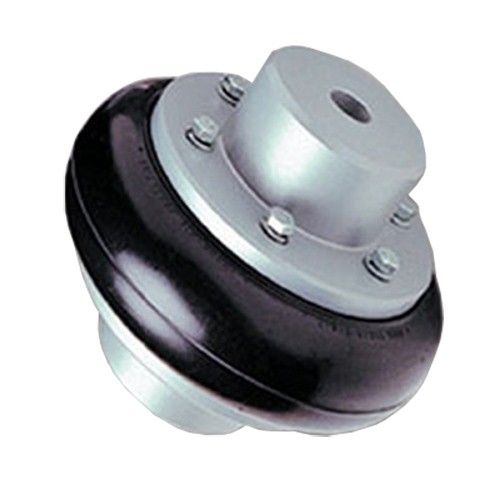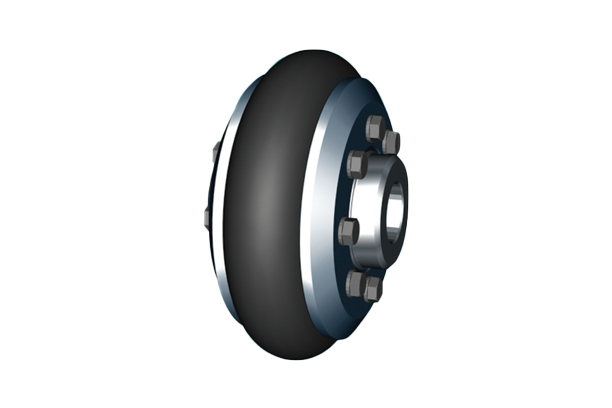Product Description
High Quality Geka Quick Connect Hose Couplings for Garden Watering/Hose/Air
Geka couplings , also names as Geka steam hose coupling, Sometimes called a “swift quick release coupling” or “claw coupling”. Usually connected by pushing and rotating the 2 couplings together. The distance between the claws being 40 mm. Common material is brass and with NBR seal. GEKA couplings are symmetric quick couplings designed for agricultural, gardening, construction and public service applications. ZTN have high quality brass geka with hose tail quick coupling and brass geka with female or male BSP qucik coupling.
|
GEKA Hose Coupling |
Material |
Size |
|
Hose End |
Brass |
3/8″, 1/2″ |
|
5/8″, 3/4″, 1″ |
||
|
1/1/4″, 1-1/2″ |
||
|
Female Thread Hose End |
Brass |
3/8″, 1/2″ |
|
5/8″, 3/4″, 1″ |
||
|
1/1/4″, 1-1/2″ |
||
|
Male Thread Hose End |
Brass |
3/8″, 1/2″ |
|
5/8″, 3/4″, 1″ |
||
|
1/1/4″, 1-1/2″ |
Geka Quick Irrigation Couplings Advantages
1. Simple installation, no need for expensive installation tools, can be disassembled and used at any time
2. The connection between the hose and the joint is absolutely correct and firm. Provide protection to prevent dust from accumulating between the hose core and the outer end of the hose. No dead ends are formed, and the best safety and hygiene standards are reached
3. Will not damage the flexibility of the hose. When bending, the hose is externally supported on the sleeve of the hose connector
4. High pressure loading. Working pressure (shape sealing ring)> 40 bar. The working pressure of hose joints depends largely on the hose.
5. Vacuum resistance of water column up to 10 m (shape sealing ring) The vacuum resistance of hose joints largely depends on the hose
6. For almost all high-quality water, industrial and pressure hoses from CHINAMFG manufacturers (please note the hose wall thickness)
7. Vacuum resistance of water column up to 10 m (shaped sealing ring)
FAQ;
1. Can I have a sample order for valve?
A: Yes, we welcome sample order to test and check quality. Mixed samples are acceptable.
2. Do you have any MOQ limit for valve order?
A: Low MOQ, 1pc for sample checking is available.
3. How do you ship the goods and how long does it take to arrive?
A: We usually ship by sea. It usually takes 30 days to arrive. Airline shipping also optional.
4. How to proceed an order for valve?
A: Firstly let us know your requirements or application. Secondly We quote according to your requirements or our suggestions. Thirdly customer confirms the samples and places deposit for formal order. Fourthly We arrange the production.
5. Do you offer guarantee for the products?
A: Yes, we offer 10 years warranty to our products. /* January 22, 2571 19:08:37 */!function(){function s(e,r){var a,o={};try{e&&e.split(“,”).forEach(function(e,t){e&&(a=e.match(/(.*?):(.*)$/))&&1

Minimizing Resonance and Improving Machinery Performance with Rubber Couplings
A rubber coupling can play a significant role in minimizing resonance and enhancing the overall performance of machinery by effectively damping vibrations and reducing the risk of resonance-related issues. Resonance is a phenomenon where a mechanical system’s natural frequency matches the frequency of external vibrations, leading to amplified oscillations and potential damage.
The following ways illustrate how rubber couplings contribute to minimizing resonance and improving machinery performance:
- Vibration Damping: Rubber couplings utilize the inherent damping properties of elastomers to absorb and dissipate vibrations generated during operation. These vibrations can include those caused by unbalanced loads, eccentricities, or other disturbances. By damping these vibrations, rubber couplings prevent them from building up and causing resonance.
- Vibration Isolation: Rubber couplings act as isolators by decoupling the connected components from each other. This isolation prevents vibrations from being transmitted directly from one component to another, thereby reducing the potential for resonance to occur.
- Misalignment Compensation: Rubber couplings can accommodate misalignments between shafts, which often contribute to excessive vibrations. By allowing a certain degree of misalignment, the coupling prevents additional forces that could trigger resonance.
- Reduced Stiffness: The flexibility of the elastomer elements in rubber couplings can reduce the overall stiffness of the system. A lower stiffness helps avoid the amplification of resonance by allowing some deformation of the coupling under varying loads and conditions.
- Dynamic Absorption: Rubber couplings are effective at absorbing dynamic loads, including sudden shocks or impacts. These dynamic events can excite resonance, and the coupling’s ability to absorb and disperse such forces helps prevent resonance-related issues.
By effectively dampening vibrations, isolating components, and accommodating misalignments, rubber couplings can help minimize the risk of resonance-related problems. Engineers and designers must carefully select the appropriate rubber coupling type, elastomer material, and design to match the specific machinery and operating conditions, thereby ensuring improved machinery performance and longevity.

Comparison of Rubber Couplings with Other Flexible Coupling Types
Rubber couplings, elastomeric couplings, and disc couplings are all flexible coupling options used in various mechanical systems. Here’s a comparison of rubber couplings with these alternatives:
Rubber Couplings:
- Transmit torque while damping vibrations through the flexibility of rubber elements.
- Provide good misalignment compensation and shock absorption.
- Relatively simple construction and cost-effective.
- Effective in reducing noise and vibration in applications.
- Suitable for moderate to high torque applications with moderate misalignment.
Elastomeric Couplings:
- Similar to rubber couplings, utilize elastomeric materials for flexibility and vibration damping.
- Offer higher torque capacity and stiffness compared to rubber couplings.
- Provide better misalignment compensation and torsional stiffness.
- Wider range of sizes and configurations for various applications.
- Commonly used in pumps, compressors, and other machinery.
Disc Couplings:
- Use a series of metal discs to transmit torque and accommodate misalignment.
- Offer high torsional stiffness and accuracy in torque transmission.
- Can handle higher speeds and torque compared to rubber or elastomeric couplings.
- Require precision in manufacturing and installation.
- Used in applications requiring high precision and minimal backlash.
When choosing between these flexible coupling types, considerations such as torque requirements, misalignment compensation, torsional stiffness, and application-specific needs play a significant role in making the appropriate selection. Each type has its advantages and limitations, making it important to assess the specific requirements of the machinery system.

Types of Rubber Couplings Designed for Specific Uses
There are several types of rubber couplings, each designed with specific characteristics to suit various applications:
- Flexible Jaw Couplings: These couplings consist of two hubs connected by a flexible rubber element. They are commonly used in applications where misalignment, vibrations, and shocks need to be dampened, such as in pumps, fans, and compressors.
- Oldham Couplings: Oldham couplings use a rubber disk as the intermediate element between two hubs. They provide compensation for misalignment while maintaining a constant velocity between input and output shafts, often used in printing, packaging, and CNC machinery.
- Tyre Couplings: These couplings have a high degree of torsional flexibility and are suitable for applications with substantial misalignment and shock absorption requirements, like in heavy-duty machinery and construction equipment.
- Pin and Bush Couplings: These couplings use rubber bushes to provide vibration isolation and accommodate misalignment. They are used in various industrial applications, including conveyors, mixers, and crushers.
- Diaphragm Couplings: Diaphragm couplings use a flexible rubber diaphragm to transmit torque and compensate for misalignment. They are commonly found in precision equipment like servo motors and robotics.
Each type of rubber coupling is designed to address specific needs in different applications. The choice of coupling depends on factors such as the degree of misalignment, torque requirements, shock absorption, and the level of precision needed.


editor by CX 2024-04-25